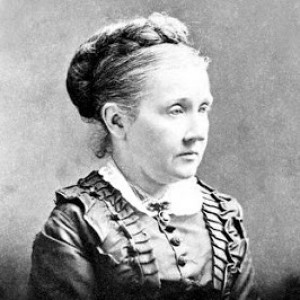So, I’m a nerd–you guys probably understand that by now–and so I spent the flight to the cruise I took with The Hubs alternating between napping, reading The Emperor of All Maladies, and reading SEER data. SEER, for those non-nerds amongst you, is the big federal database that tells us about cancer statistics. It has a whole host of issues that make it a lot less useful than it could/should be, but one thing it tells us is how many people die of breast cancer. And it breaks that data down by race. And that data is HORRIFYING.
In 1975, the number of female deaths from breast cancer per 100,000 was about 31. (I’m really sorry, men. The SEER chart listed above just talks about women with breast cancer, once again selling short our male breast cancer friends.) In 2012 (the most recent data set we have) it was about 21. This is a good thing, and can largely be attributed, in my opinion, to HER2-targeted therapies like Herceptin. Nice work, researchers! You keep working on blockbuster drugs like that, mmmmkay? Seriously. We need you.
But here’s the problem. For white women, the rate went from 31.79 in 1975, down to 20.71 in 2012. But for black women, it went from 29.49 in 1975, to 29.43 in 2012. So, basically, if you’re a black woman in America, you’re just as likely to die of breast cancer today as you were in 1975.
WHAT IN THE ACTUAL FUCK.
What’s driving this? Is it tumor biology? Is it lack of medical care in poor black communities? Is it institutional racism that makes me, a white woman, more likely to get cutting edge care at a large cancer center? Is it that large cancer centers often don’t take insurance plans that are less expensive, and African-American women are more likely to be low-income and thus unable to afford the plans that large cancer centers accept? I don’t know, because I’m not a black woman–but what I do know is that this is not OK. I wrote about this in 2014 and I’m still upset about this today. My friends Adrienne and Reba and Toni, all black women with metastatic breast cancer, have lives just as valuable as mine. Their children love them just as much as mine love me. Their children NEED them just as much as mine need me.
We need a national conversation about this. We need to be outraged that our African-American sisters are dying in much larger numbers than we are. And we need to ask the crucial question: how can we, as white women with breast cancer, help?
